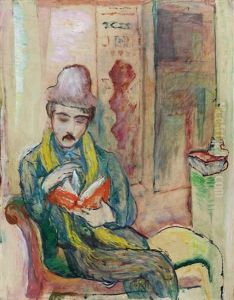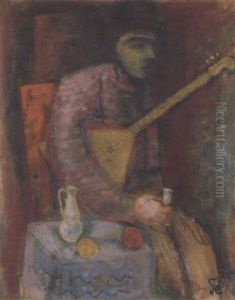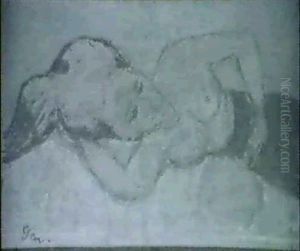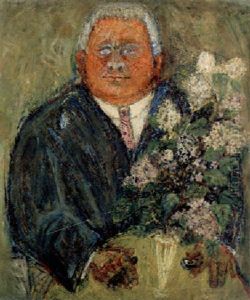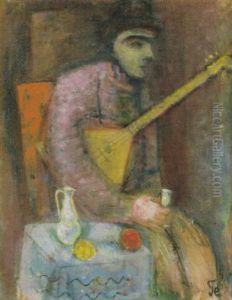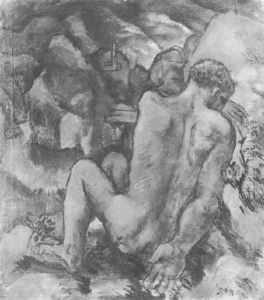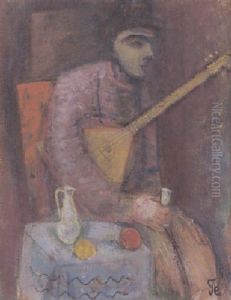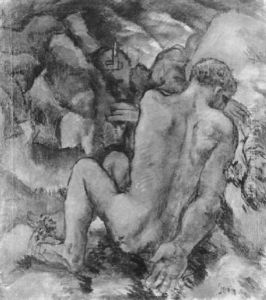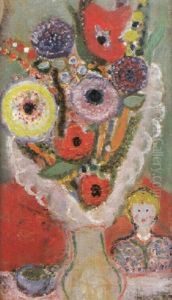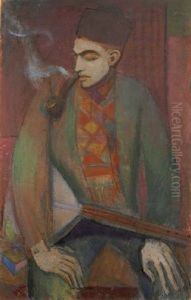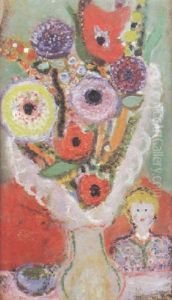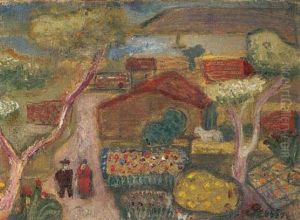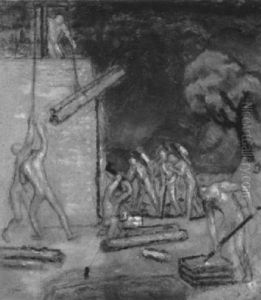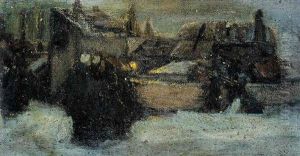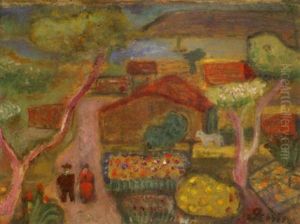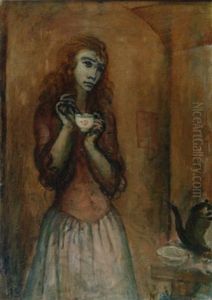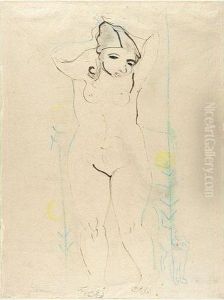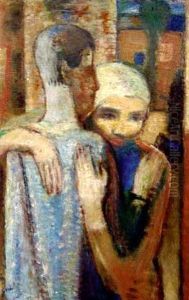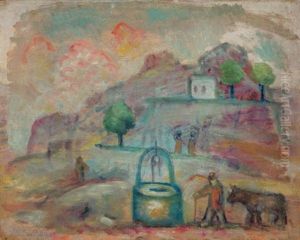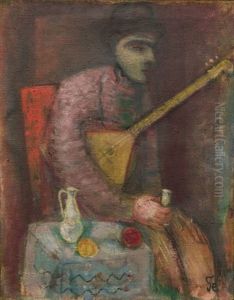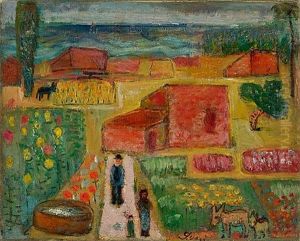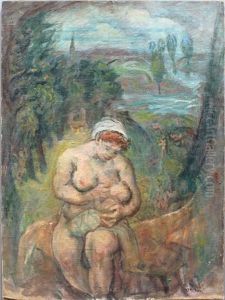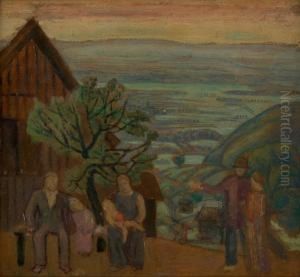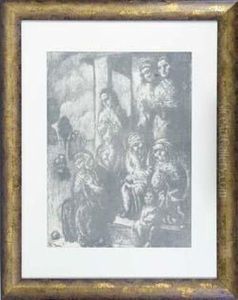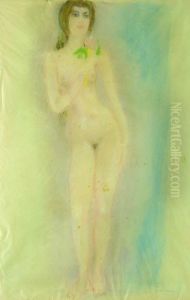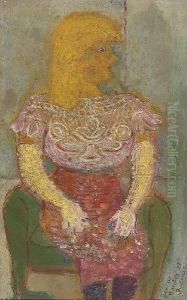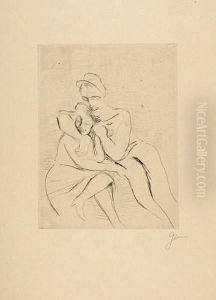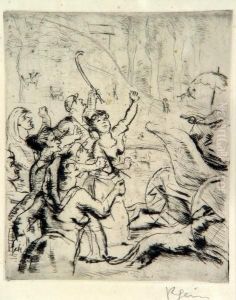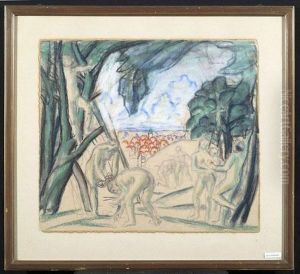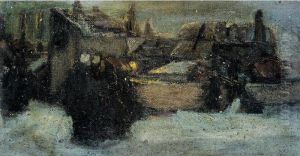Robert Genin Paintings
Robert Genin was a Russian artist, born on July 17, 1884, in the town of Nevel, which at the time was part of the Russian Empire. His artistic talent became evident early on in his life, and he pursued his passion for art by enrolling in the St. Petersburg Academy of Arts. Genin's education there provided him with a strong foundation in the traditional techniques of painting and drawing, which he would later build upon in his own work.
After completing his studies in St. Petersburg, Genin traveled extensively throughout Europe. He spent some time in Munich, which was a key center for avant-garde art at the turn of the 20th century. Munich's vibrant artistic community and the city's openness to new ideas had a profound influence on Genin's development as an artist. He was exposed to various art movements including Expressionism, which would have a lasting impact on his style. Genin's work began to reflect a unique blend of Russian artistic traditions and European modernism, characterized by bold colors and dynamic compositions.
As the political climate in Russia became more turbulent with the onset of the Bolshevik Revolution, Genin, like many of his contemporaries, found himself in an increasingly precarious position. The upheaval of World War I and the subsequent Russian Revolution led to a period of great personal and professional difficulty for many artists. Genin eventually settled in Germany, where he continued to work and exhibit his art. However, with the rise of the Nazi regime and the outbreak of World War II, Genin, who was of Jewish descent, faced persecution.
Robert Genin's life came to a tragic end on June 20, 1941, in the city of Leningrad (now St. Petersburg), during the Siege of Leningrad. Despite the hardships he faced, Genin left behind a body of work that continues to be appreciated for its vibrant expression and the unique way in which it captures the spirit of an era marked by both cultural flourishing and profound social upheaval. His works are part of various collections, and he is remembered as an important figure in the intersection of Russian and European art during the early 20th century.
